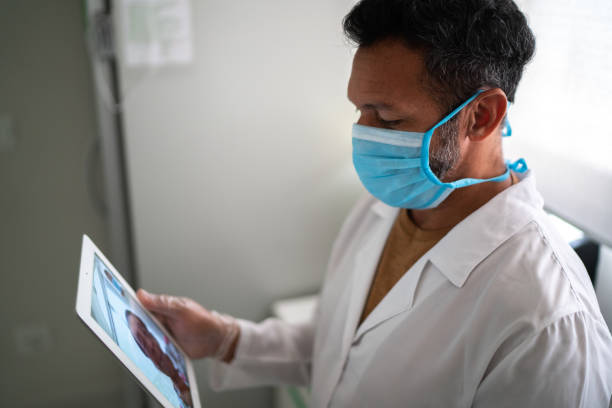Remote Patient Monitoring Trends: Enhancing Healthcare
In the ever-evolving landscape of healthcare, chronic care companies are continuously seeking innovative ways to improve patient outcomes. One such advancement is the adoption of remote patient monitoring solutions. These solutions leverage technology to monitor patients' health status outside of traditional healthcare settings, offering a proactive approach to managing chronic conditions.

Understanding Remote Patient Monitoring
Remote patient monitoring involves the use of digital technologies to collect and transmit patient data from a distance. This data typically includes vital signs, symptoms, medication adherence, and other relevant health information. By continuously monitoring patients in their own environment, healthcare providers can identify changes or trends that may indicate deterioration in health and intervene accordingly.
The Latest Trends in Remote Patient Monitoring Solutions
1. Wearable Devices and Sensors
Wearable devices and sensors have become increasingly sophisticated, enabling continuous monitoring of vital signs and activity levels. From smartwatches that track heart rate and sleep patterns to adhesive sensors that monitor glucose levels and medication adherence, these devices provide real-time data insights for both patients and healthcare providers.
2. Telehealth Integration
Integration with telehealth platforms has become a prominent trend in remote patient monitoring solutions. This integration allows for seamless communication between patients and healthcare providers, enabling virtual consultations, medication management, and care coordination. Telehealth platforms also facilitate remote education and support for patients, empowering them to actively engage in self-care.
3. Artificial Intelligence and Predictive Analytics
Artificial intelligence (AI) and predictive analytics are transforming remote patient monitoring by enabling proactive and personalized care interventions. AI algorithms can analyze large volumes of patient data to identify patterns, predict potential health issues, and recommend tailored interventions. This predictive approach helps healthcare providers intervene early, preventing complications and improving outcomes.
4. Remote Patient Monitoring Apps
The proliferation of smartphones and mobile applications has led to the development of remote patient monitoring apps. These apps allow patients to track their health metrics, receive educational resources, and communicate with their healthcare team conveniently. Additionally, healthcare providers can remotely monitor patients' progress, send reminders, and provide feedback through these apps, enhancing care coordination and patient engagement.
Benefits of Remote Patient Monitoring Solutions
1. Improved Patient Outcomes
Remote patient monitoring solutions have been shown to improve patient outcomes by enabling early detection of health issues, facilitating timely interventions, and promoting adherence to treatment plans. By continuously monitoring patients' health status, healthcare providers can identify and address potential complications before they escalate, resulting in better health outcomes and reduced hospitalizations.
2. Enhanced Patient Engagement and Satisfaction
Empowering patients to actively participate in their care through remote monitoring promotes engagement and satisfaction. Patients appreciate the convenience and autonomy afforded by these solutions, as they can manage their health from the comfort of their homes while staying connected to their healthcare team. This increased engagement leads to better adherence to treatment plans and improved overall satisfaction with the healthcare experience.
3. Cost Savings and Efficiency
Remote patient monitoring solutions have the potential to generate cost savings for healthcare organizations by reducing hospital admissions, emergency department visits, and unnecessary medical procedures. By proactively managing chronic conditions and preventing complications, these solutions help optimize resource utilization and improve operational efficiency. Additionally, remote monitoring allows for more efficient use of healthcare providers' time, as they can focus on patients with the greatest need.
Conclusion
As chronic care companies continue to embrace remote patient monitoring solutions, the healthcare landscape is undergoing a significant transformation. By leveraging wearable devices, telehealth integration, AI, and mobile applications, these solutions are revolutionizing the delivery of care for patients with chronic conditions. With benefits such as improved outcomes, enhanced patient engagement, and cost savings, remote patient monitoring is poised to play a central role in the future of healthcare.



Comments
Post a Comment